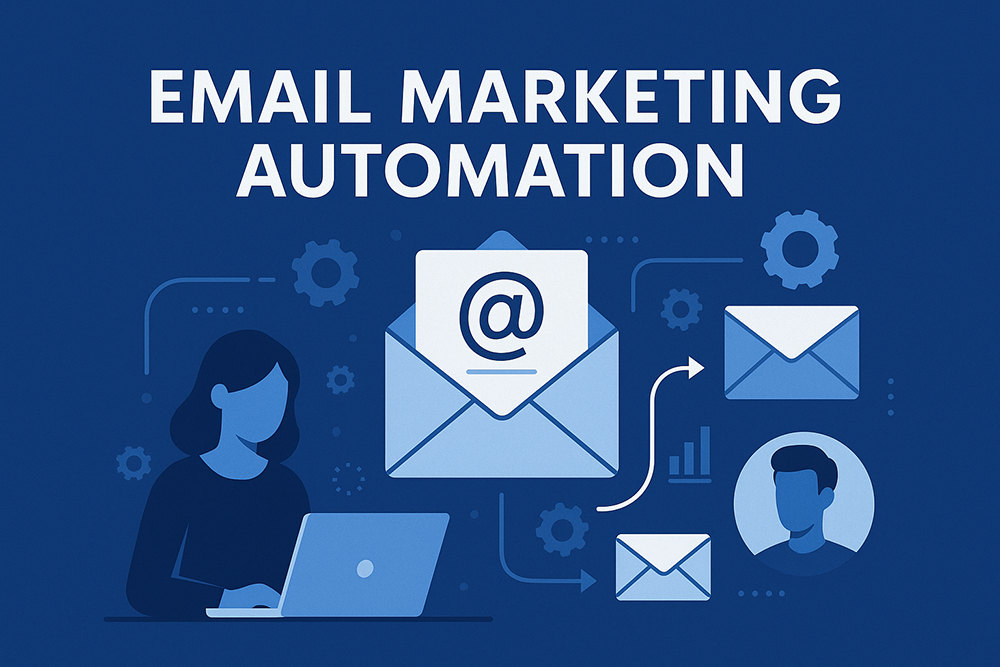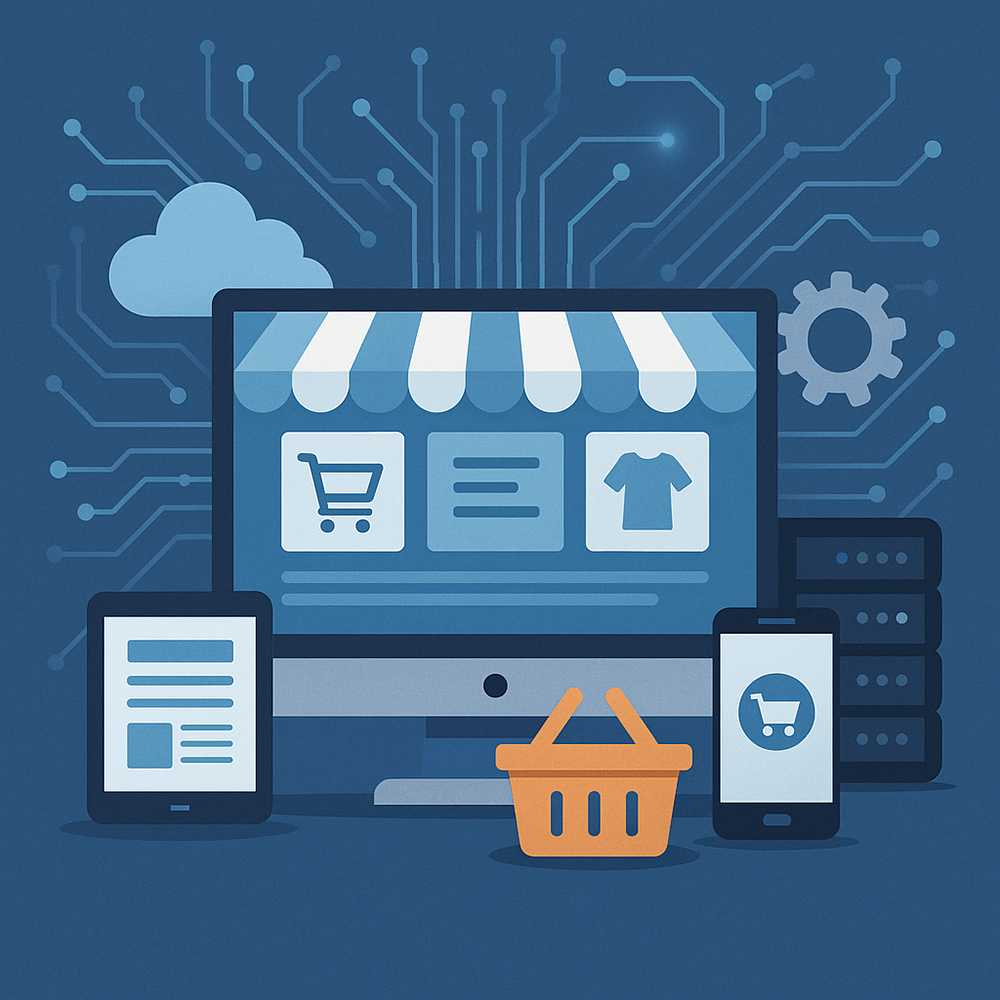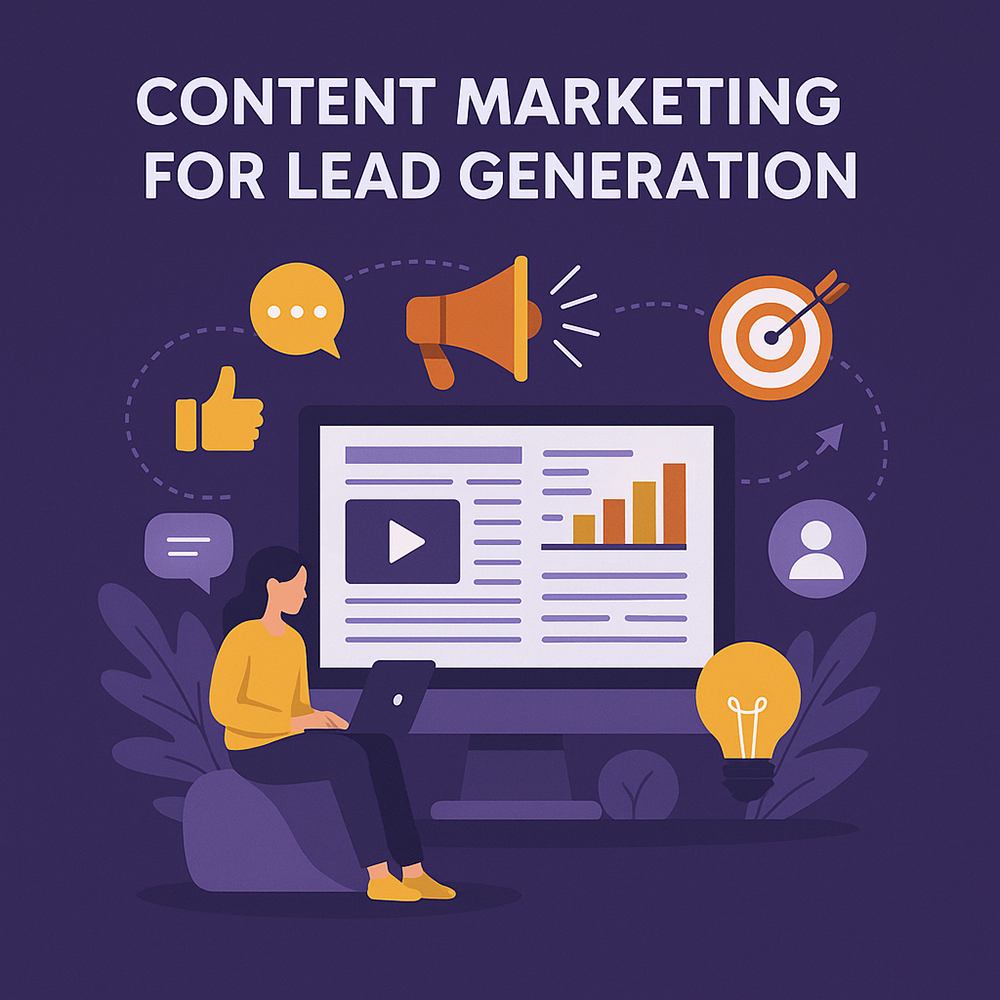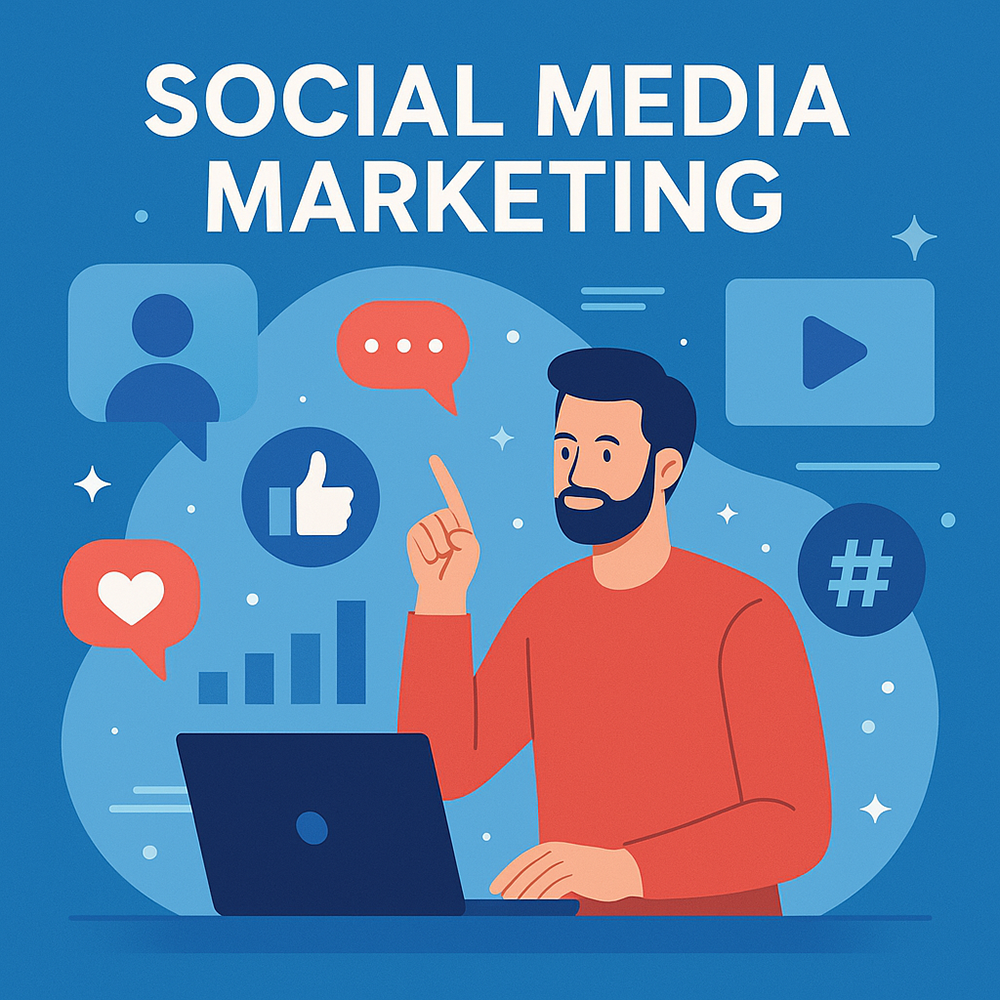In the vast landscape of digital marketing, email remains one of the most effective channels for nurturing leads, engaging customers, and driving sales. However, manually sending personalized emails to a growing audience can quickly become overwhelming and inefficient. This is where email marketing automation steps in, transforming your email strategy from a time-consuming chore into a powerful, scalable engine for growth. Understanding and leveraging the power of email marketing automation is crucial for any business looking to maximize its digital outreach.
What is Email Marketing Automation?
Email marketing automation involves setting up automated email sequences that are triggered by specific user actions, behaviors, or predefined schedules. Instead of sending one-off emails, you create a series of emails that are delivered to the right person at the right time, based on their journey with your brand. This allows for highly personalized and relevant communication without manual intervention for each individual.
Key Benefits of Email Marketing Automation
- Enhanced Personalization and Relevance:
Automation allows you to segment your audience based on demographics, purchase history, website behavior, and engagement levels. This enables you to send highly personalized emails that resonate with individual recipients, making them feel valued and understood. Personalized emails have significantly higher open rates and click-through rates compared to generic broadcasts.
- Improved Lead Nurturing:
Not all leads are ready to buy immediately. Email automation allows you to set up drip campaigns that gradually educate and nurture leads over time. By providing valuable content and addressing their pain points at each stage of the buyer's journey, you can build trust and guide them towards a purchase decision, increasing conversion rates.
- Increased Efficiency and Time Savings:
Once an automation workflow is set up, it runs continuously in the background, sending emails without manual effort. This frees up your marketing team to focus on more strategic tasks, content creation, and campaign optimization, leading to greater overall efficiency.
- Higher Conversion Rates and Revenue:
Automated emails, such as welcome series, abandoned cart reminders, post-purchase follow-ups, and re-engagement campaigns, are highly effective at driving conversions. By delivering timely and relevant messages, you can nudge prospects down the sales funnel and encourage repeat purchases, directly impacting your revenue.
- Better Customer Retention and Loyalty:
Automation isn't just for new leads. It's also powerful for retaining existing customers. Automated emails for birthdays, anniversaries, loyalty program updates, or exclusive offers can make customers feel appreciated, fostering long-term relationships and increasing customer lifetime value (CLTV).
- Scalability:
As your business grows and your audience expands, email automation scales effortlessly. You can manage thousands or even millions of subscribers with the same efficiency as a smaller list, ensuring your communication strategy remains effective regardless of your business size.
- Actionable Insights and Optimization:
Most email automation platforms provide detailed analytics on email performance (open rates, click-through rates, conversions, unsubscribes). This data allows you to identify what's working and what's not, enabling continuous optimization of your email campaigns for better results.
Common Email Automation Workflows
- Welcome Series: Sent to new subscribers or customers, introducing your brand and offering initial value.
- Abandoned Cart Reminders: Sent to users who added items to their cart but didn't complete the purchase.
- Post-Purchase Follow-ups: Thank you emails, order confirmations, shipping updates, and requests for reviews.
- Re-engagement Campaigns: Sent to inactive subscribers to bring them back into your funnel.
- Birthday/Anniversary Emails: Personalized greetings with special offers.
- Lead Nurturing Drip Campaigns: A series of educational emails sent over time to qualify leads.
- Webinar/Event Reminders: Automated reminders for upcoming events.
Getting Started with Email Marketing Automation
To implement email marketing automation, you'll need an email marketing platform that supports automation features (e.g., Mailchimp, HubSpot, ActiveCampaign, SendGrid). The process typically involves:
- Defining Your Goals: What do you want to achieve with automation?
- Segmenting Your Audience: Divide your subscribers into relevant groups.
- Creating Compelling Content: Design emails that are valuable and engaging.
- Setting Up Triggers and Workflows: Define the actions that initiate an email sequence.
- Testing and Optimizing: Continuously monitor performance and make adjustments.
By embracing email marketing automation, businesses can build stronger customer relationships, drive consistent engagement, and significantly boost their sales and revenue with minimal ongoing manual effort.
Ready to Elevate Your Business?
Whether you need a stunning new website, a powerful marketing strategy, or robust IT solutions, Lumora is here to help. Our team of experts in Dubai is ready to turn your vision into reality.
Contact Us Today


